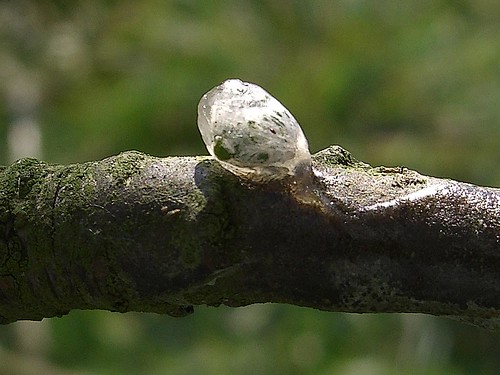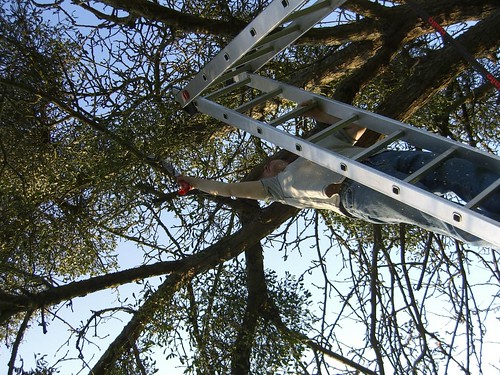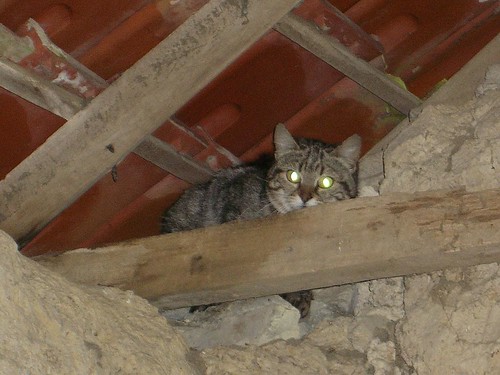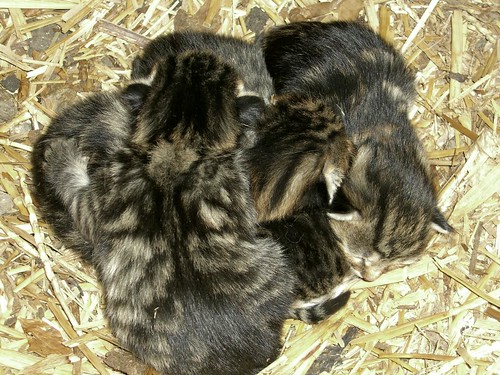This is going to read like a cross between a tourist leaflet and a free newspaper... sorry. I made the trip to Ireland.

The purpose of the journey was to place the house with a local estate agent, something we've been planning to do for nearly two years now. Finally achieving that goal is coming close to breaking my heart.
This dear old house is not in the best of health but it's given us several years of happy holidays and rural isolation in a very beautiful if poor part of the country. Returning after over a year away was like coming home again and although to anyone else the few pieces of furniture and fittings left behind will look like rubbish of the lowest value each scrap represents some effort or memory that will be lost forever when the place is sold. I cried for half an hour before I locked up and came away and will cry again when we make the final visit to complete the sale.
However, we can't be in two places at once and trying to be in three is insane. Better we part with our old dream and allow someone else to enjoy all that quiet loveliness on the mountain side.
The house can be viewed by appointment with Gordon Hughes Estate Agents in Ballinamore. It is listed as a 4 bedroom, 2 reception room country house with mains electricity, telephone connection (although we've never had it enabled) and septic tank in need of complete renovation on approx. 2 acres of land with meadow and mature trees. Water is through a private scheme piped from the mountain and heating is by open fire and an antique range (in need of immediate conservation). Nearest neighbour is approx. half a mile away, the local village with church and shop about 1.5 miles and Ballinamore with supermarkets, pubs and banks about 5 miles. Local activities include mountain walking, fishing, golf and horse riding. Time from Dublin about 2.75 hours by car. Price 150,000 euros ($204,000, £102,000 at today's exchange). You can contact me for further details by leaving a comment to this post and I will get back to you by email.







